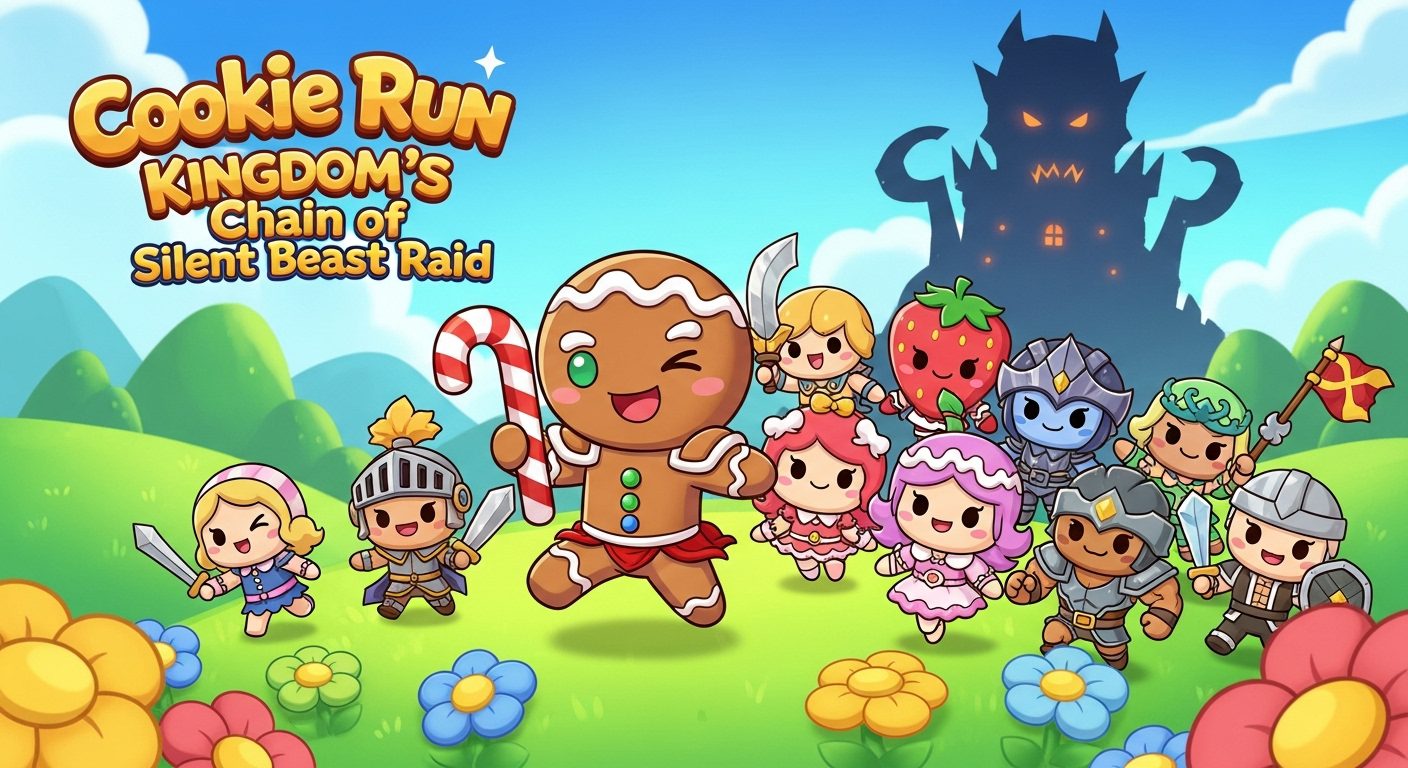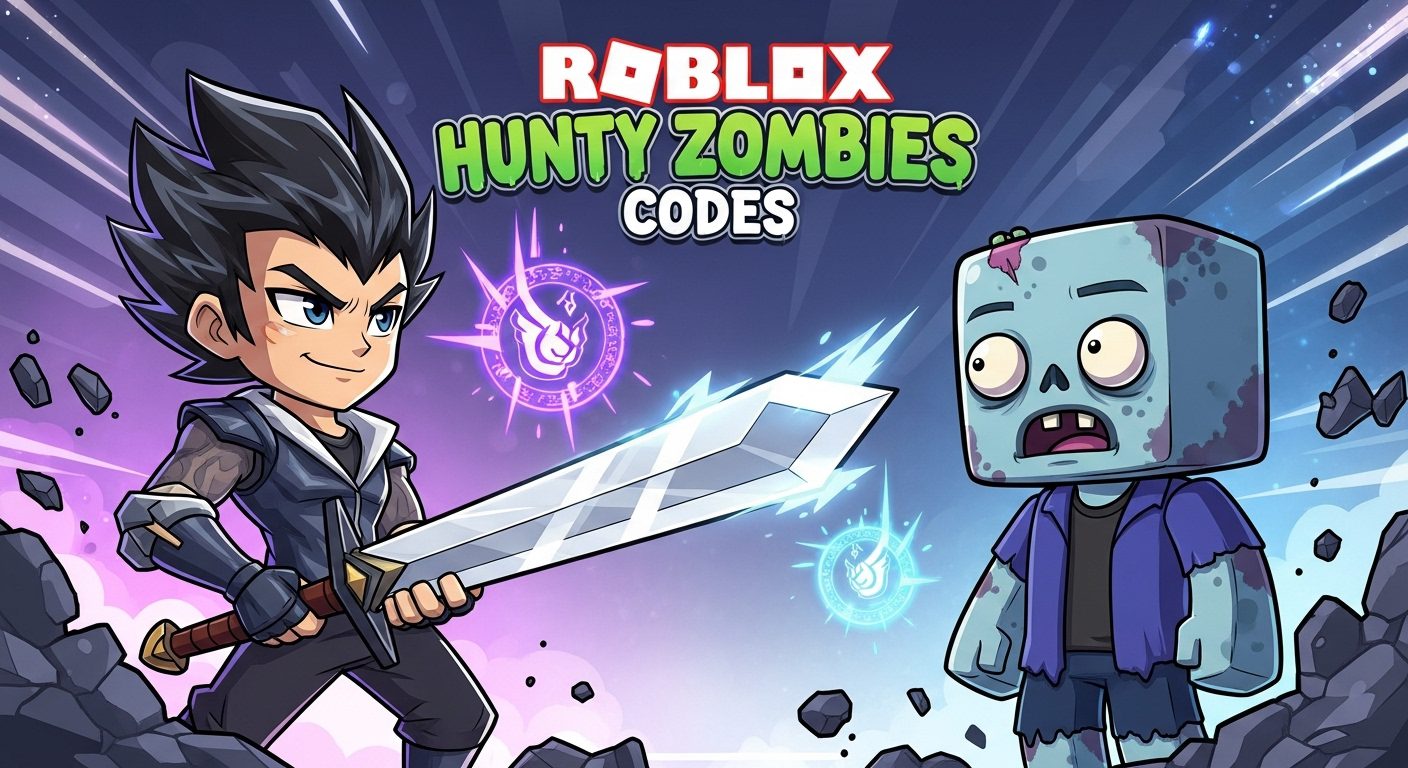

After 13 years of waiting, disappointments, and false starts, I finally got my hands on Silent Hill f. As someone who’s been following this franchise since the original PlayStation days, I’ll be brutally honest I went into this with extremely low expectations. The last decade has been rough for Silent Hill fans, and I wasn’t ready to get my heart broken again.
But here’s the thing: Silent Hill f surprised me. Not in every way, and certainly not without significant flaws, but in ways that matter most for a psychological horror game.
The first thing that hits you about Silent Hill f isn’t the fog or the monsters it’s the complete departure from everything we know about Silent Hill. Set in 1960s rural Japan rather than the familiar American town, this game immediately signals it’s doing something different.
I’ve got to admit, when I first heard about the setting change, I was skeptical. Silent Hill has always been about that specific American small town decay, right? But after spending 12 hours in the fictional village of Ebisugaoka, I’m convinced this was the smartest move NeoBards Entertainment could’ve made.
Let me introduce you to Hinako Shimizu, our 16 year old protagonist. She’s not your typical Silent Hill hero no guilt ridden adult dealing with past trauma. Instead, she’s a tomboy navigating the suffocating expectations of 1960s Japan while dealing with typical teenage problems that suddenly become anything but typical.
The genius of Hinako’s character is how relatable she feels despite the cultural and temporal distance. I found myself genuinely invested in her relationships, especially the complicated dynamic with her friend group. When mysterious fog engulfs her town and 90% of the population vanishes, these personal tensions become the foundation for some truly disturbing psychological horror.
What Works About the Narrative:
The story tackles heavy subjects like misogyny, child abuse, and toxic relationships with surprising maturity. I was impressed by how writer Ryukishi07 handled these themes without sensationalizing them.
Here’s where this game absolutely nails it. The atmosphere in Silent Hill f is suffocating in all the right ways. The Japanese countryside setting provides a fresh canvas for terror that feels both familiar and completely alien.
The fog mechanics work brilliantly here. Instead of the industrial, rust covered otherworld we’re used to, the nightmare realm in Silent Hill f transforms into something that blends Japanese folklore with body horror. The visual design of the monsters draws heavily from cultural anxieties about femininity, beauty standards, and male predation.
Environmental Storytelling at Its Best:
The sound design deserves special mention. Akira Yamaoka returns with some tracks, but the integration of traditional Japanese instruments like Taiko drums and Shakuhachi flutes creates an audio landscape I’ve never experienced in horror gaming.
This is where Silent Hill f becomes a mixed bag, and I need to be completely honest about both sides.

The puzzle design is phenomenal. These aren’t your typical “find three keys” scenarios. Instead, they’re deeply integrated into Japanese culture and mythology. One early puzzle had me studying Ema plaques at Shinto shrines, matching Yokai spirits to Kanji characters. It’s cerebral without being obtuse, and it respects the player’s intelligence.
I got genuinely stuck on several occasions, particularly with a Glass Onion style mystery box and a substitution cipher that required real lateral thinking. The difficulty feels perfectly balanced challenging enough to be satisfying when solved, but fair enough that you won’t need a walkthrough.

Here’s where I need to address the elephant in the room. The combat in Silent Hill f is… ambitious. NeoBards clearly took inspiration from Dark Souls, giving Hinako a comprehensive moveset including dodges, parries (confusingly called “counterattacks”), light and heavy attacks, and weapon specific moves.
On paper, this sounds great. In practice, it’s janky as hell.
Combat Issues I Encountered:
That said, once I adapted to the clunky mechanics, I found strategic depth that previous Silent Hill games lacked. Boss fights, in particular, become genuinely engaging tactical encounters rather than button mashing exercises.
The best combat sequences are actually when the game forces you to avoid fighting entirely. Stealth sections and chase sequences capture that classic Silent Hill terror better than any direct confrontation.
Silent Hill f is gorgeous when it wants to be and deliberately ugly when it needs to be. The contrast between the natural beauty of rural Japan and the grotesque monster designs creates a visual language that’s uniquely effective.
Technical Performance (PC):
The monster design deserves special praise. Instead of retreading familiar Silent Hill iconography, NeoBards created entirely new nightmares rooted in Japanese cultural anxieties. The recurring floral motif (particularly spider lilies) becomes increasingly disturbing as you understand what it represents for Hinako’s character development.
After playing through modern horror hits like Resident Evil 4 remake and Alan Wake 2, I was curious how Silent Hill f would stack up. The answer is that it succeeds by focusing on psychological unease rather than jump scares or action horror.
The horror in Silent Hill f builds slowly. It’s in the empty streets of Ebisugaoka, the way fog obscures familiar landmarks, and the gradual realization that the monsters aren’t just random creatures they’re manifestations of very specific traumas and anxieties.
One sequence in Hinako’s old middle school perfectly captures everything great about Silent Hill horror: environmental storytelling, puzzle solving, monster encounters, and character development all woven together seamlessly. It reminded me why I fell in love with this series in the first place.
As someone who’s spent time in Japan, I was impressed by the cultural authenticity NeoBards brought to this project. The 1960s setting feels researched rather than stereotypical, incorporating real social issues from Japan’s post war economic boom period.
The voice acting in Japanese is exceptional, and I’d strongly recommend playing with subtitles rather than English dub. The emotional nuances in Hinako’s performance get lost in translation when dubbed.
Where does Silent Hill f rank in the franchise hierarchy? It’s definitely not touching Silent Hill 2’s untouchable status, but it’s easily the best original entry since Silent Hill 3.
The game succeeds by understanding what makes Silent Hill special while having the courage to try new approaches. It’s not a nostalgic rehash it’s a genuine attempt to evolve the formula.
I’d be doing you a disservice if I didn’t mention some persistent problems:
Minor Annoyances:
Major Concerns:
Silent Hill f isn’t perfect. The combat system needed another six months of polish, and some design choices will definitely divide longtime fans. But here’s what matters: for the first time in over a decade, I finished a new Silent Hill game feeling excited about the franchise’s future.
This game proves there’s still room for innovation in psychological horror. By changing the setting, characters, and cultural context while maintaining the core psychological themes, NeoBards created something that feels both fresh and authentically Silent Hill.
Overall Rating: 8/10
If you’re a horror fan who’s been waiting for something genuinely scary and psychologically complex, yes. If you’re a Silent Hill purist who can’t handle change, maybe wait for a sale. If you’re new to the series, this is actually a great entry point that doesn’t require knowledge of previous games.
The combat issues are real and frustrating, but they’re not enough to overshadow everything this game does right. Silent Hill f is a statement that this franchise can evolve without losing its soul.
Based on my playthrough, here are some essential tips:
Silent Hill f proves that this franchise can work with fresh ideas and cultural perspectives. I’m genuinely excited to see where NeoBards takes the series next, hopefully with improved combat mechanics and more polish.
For now, Silent Hill f stands as a flawed but fascinating entry that reminds us why psychological horror matters. It’s not the masterpiece we’ve been hoping for, but it’s definitely the comeback we needed
My playthrough took approximately 12 hours, including side content and exploration. Rushing through the main story would probably take 8-10 hours.
No, this is a standalone story set in a completely different location and time period. You don’t need knowledge of previous Silent Hill games to understand the plot.
Silent Hill f is available on PlayStation 5, Xbox Series X/S, and PC via Steam. There are no plans for last gen console releases.
It’s the weakest aspect of the game, but not game breaking. The stiff animations and timing issues are annoying, but you can work around them with patience.
Not necessary, but if you’re new to the series, I’d recommend trying Silent Hill 2 (the Bloober remake is excellent) to understand what makes this franchise special.
It’s more psychologically unsettling than jump scare heavy. If you can handle games like Resident Evil or Dead Space, you’ll be fine with Silent Hill f’s horror level.

